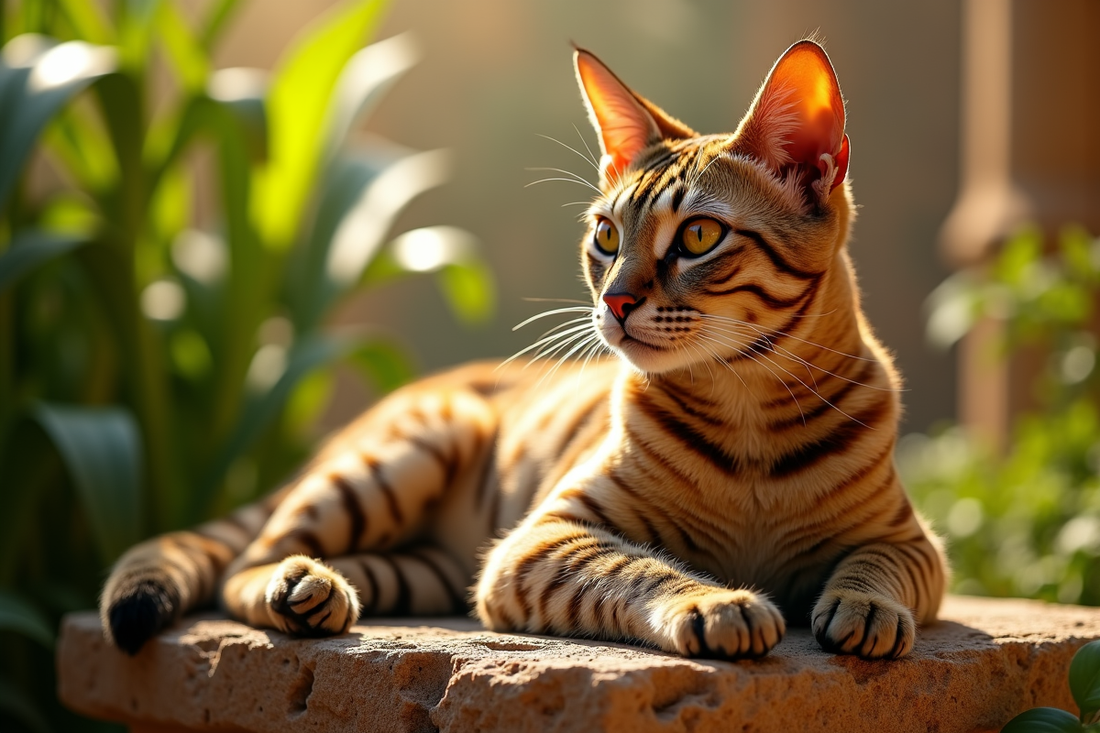The Multifaceted Role of Cats in Ancient Egyptian Society: Symbolism, Daily Life, and Spirituality
In ancient Egypt, cats were more than just pets; they were revered as symbols of protection, fertility, and divine power. This article explores the profound roles cats played in ancient Egyptian society, from their integration into daily life to their spiritual and cultural significance.
Key Takeaways
- Cats were integral to ancient Egyptian society, symbolizing protection and fertility.
- The goddess Bastet, often depicted as a cat, was a central figure in religious practices.
- Cats served as both companions and protectors, safeguarding homes and granaries.
- Ancient Egyptians held legal protections for cats, reflecting their revered status.
- Cats influenced Egyptian art and culture, leaving a lasting legacy.
Historical Context of Cats in Ancient Egypt
The domestication of cats in Egypt dates back to around 2000 BCE, when wild cats began to coexist with humans. Initially, these animals were attracted to human settlements by the abundance of food. Over time, they became domesticated, playing a crucial role in Egyptian society. Archaeological evidence, such as cat remains found in settlements and tombs, highlights their significance in ancient Egypt.
Symbolic Roles of Cats in Egyptian Culture
Cats were depicted in Egyptian art and hieroglyphs as symbols of protection and fertility. They were associated with the divine feminine power, embodying strength and grace. The goddess Bastet, a central figure in Egyptian mythology, was often represented as a lioness or a woman with a cat's head. Her dual role as a goddess of home and fertility and a fierce protector made her a beloved deity. Rituals and festivals dedicated to Bastet were common, reflecting her importance in society.
Bastet: The Cat Goddess
Bastet's worship evolved over time, with her significance growing in Egyptian culture. She was revered as a protector of the home and a symbol of fertility. Her iconography, featuring cat-headed depictions in temples and artifacts, highlights her dual nature. Social rituals and festivals dedicated to Bastet were integral to Egyptian society, celebrating her protective and nurturing qualities.
Protective Symbols
Cats were believed to be guardians of homes and granaries, protecting them from pests and evil spirits. Amulets featuring cats were commonly used for protection in daily life. These beliefs underscore the deep connection between cats and protection in ancient Egyptian culture.
Cats in Daily Life of Ancient Egyptians
Cats were more than just pets; they were considered members of the household and held a revered status. Their role in pest control was crucial, as they protected agriculture and food storage from rodents. Legal protections for cats were in place, with severe consequences for harming them. Social attitudes towards cats reflected their importance, with taboos surrounding their treatment.
Spirituality and Cats in Ancient Egypt
Cats played a significant role in funerary practices, often being buried with their owners. This practice reflected beliefs about the afterlife and the spiritual connection between humans and cats. Rituals and offerings were made to honor cats, highlighting their spiritual significance. Cats were seen as liminal beings, connecting humans and gods, further emphasizing their spiritual importance.
Artistic and Cultural Representations
Cats were prominently featured in Egyptian art, with statues, paintings, and jewelry depicting them. The symbolism in these designs reflected the cultural and spiritual significance of cats. Materials used in these representations were carefully chosen to convey their importance. Cats' impact on Egyptian culture extended beyond art, influencing various aspects of society.
Broader Impact on Egyptian Society and Beyond
Cats influenced neighboring cultures through trade, spreading their symbolic and cultural significance. Their roles in mythology and literature further cemented their place in religious thought and storytelling. The modern legacy of cats, stemming from ancient Egypt, continues to influence contemporary cat-human relationships.
Conclusion
Cats played multifaceted roles in ancient Egyptian society, serving practical, religious, social, and symbolic purposes. Understanding their significance helps us appreciate why cats held a unique place in this ancient civilization. The historical reverence for cats continues to influence modern perceptions and relationships with these fascinating creatures.
Call to Action
Explore further by visiting museums or exhibitions on ancient Egyptian artifacts to gain a deeper understanding of the role of cats in this fascinating civilization. For those interested in learning more, consider reading additional resources on cats in ancient civilizations.

